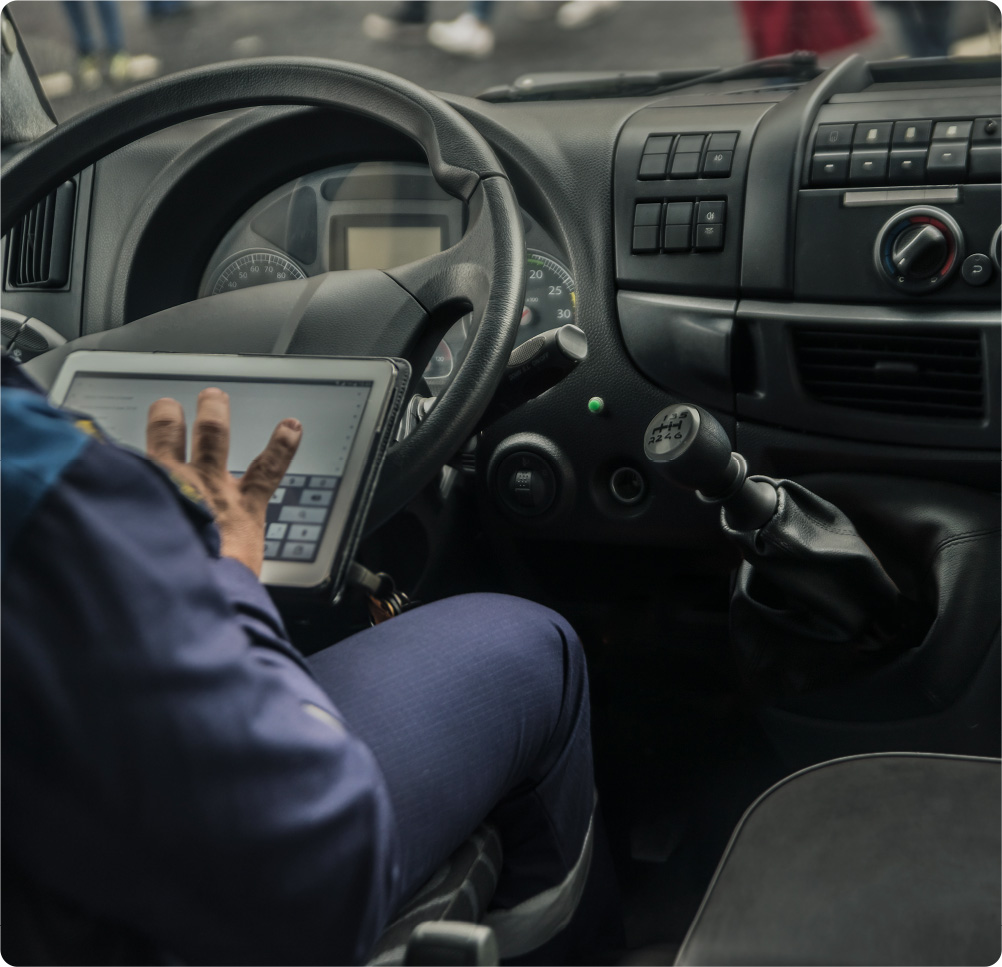
STAY PRODUCTIVE BY SIMPLIFYING COMPLIANCE WITH SIMPLEX
- Electronic Logging Device (ELD) data management
- Electronic auditing and review of driver logs
- Training for drivers, management, and dispatchers
- Falsification review of HOS
- Implementation of Hours of Service (HOS) company policies
FAQs
What are the basic Hours-of-Service (HOS) limits I must follow with an ELD?
For property-carrying drivers the core limits you must enforce are: 11 hours maximum driving after 10 consecutive hours off duty, may not drive after the 14th consecutive hour after coming on duty, a required 30-minute break after 8 hours of driving time, and the 60/70-hour on-duty limit (60 hours in 7 days or 70 hours in 8 days depending on your carrier’s duty cycle). These rules are codified in 49 CFR Part 395 and summarized by FMCSA; an ELD makes recording and monitoring these limits automatic and auditable.
Can I use HOS exemptions (short-haul, adverse conditions, agricultural, etc.) with an ELD — and how should they be recorded?
Yes — some statutory/regulatory exemptions (e.g., the 100/150-air-mile short-haul, certain agricultural exemptions, and limited adverse-driving exceptions) can apply, but they have strict eligibility rules and recordkeeping requirements. When an exemption applies you must still document the conditions that justify it and follow the specific regulatory tests (e.g., distance, on-duty windows, days-out limits). ELDs support annotations and duty-status exceptions, but you must configure and use them exactly as FMCSA allows (and never use an ELD to falsify hours). Review FMCSA’s ELD-hours & exemptions guidance and device-function FAQs to ensure your ELD records the exemption correctly and that the driver makes required annotations.